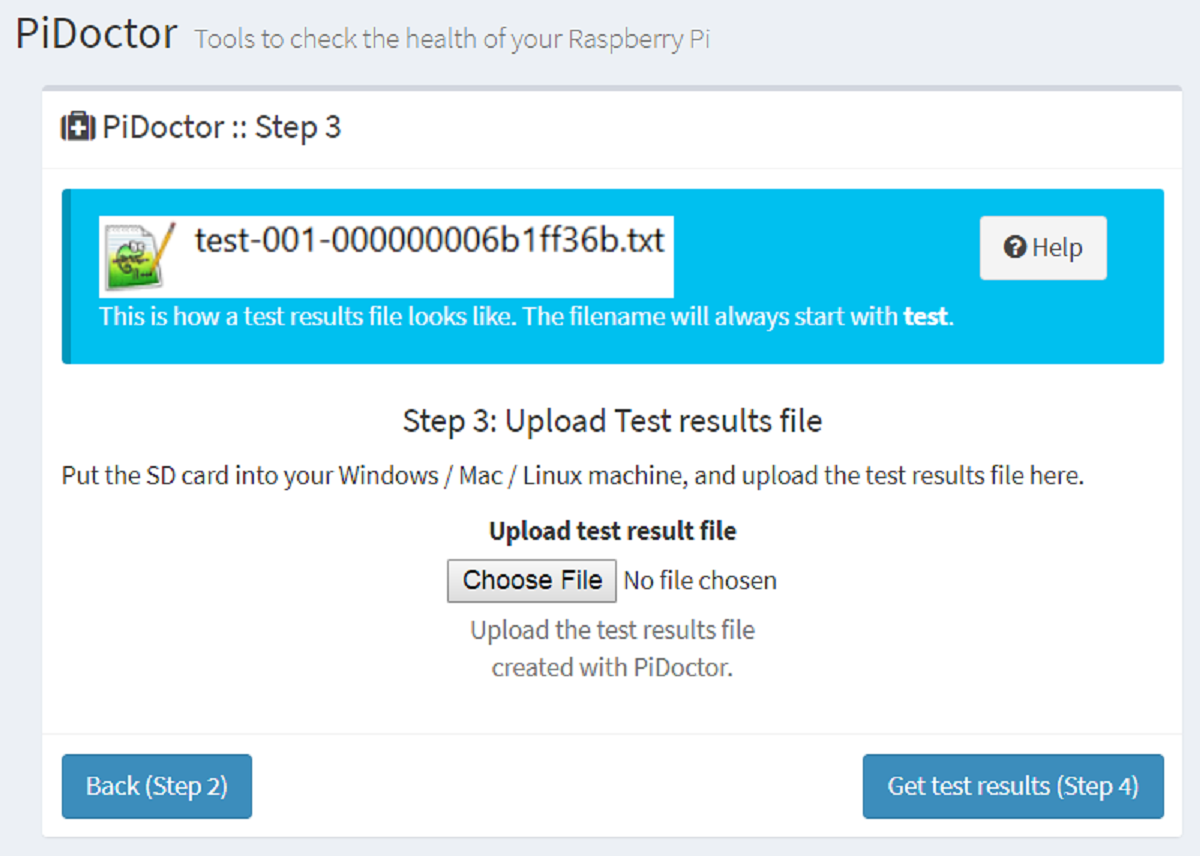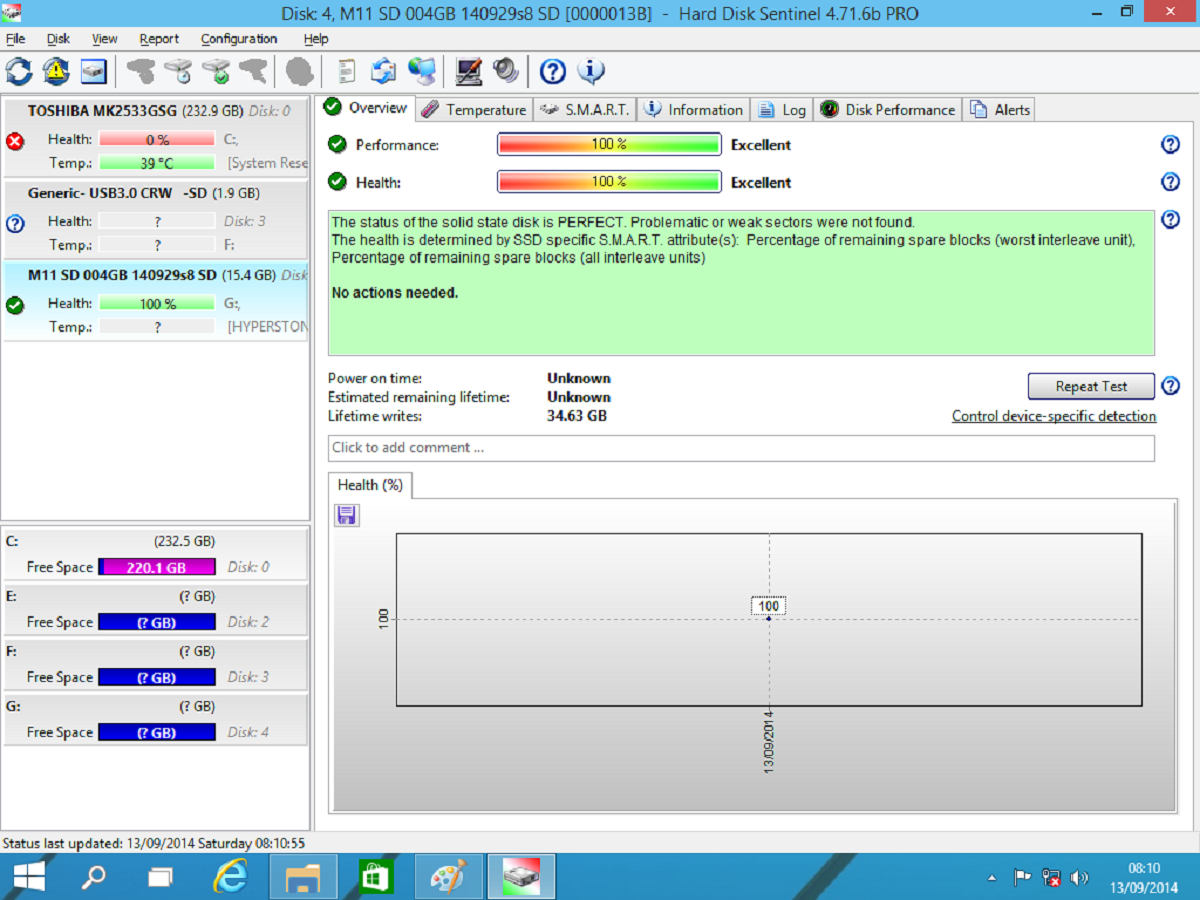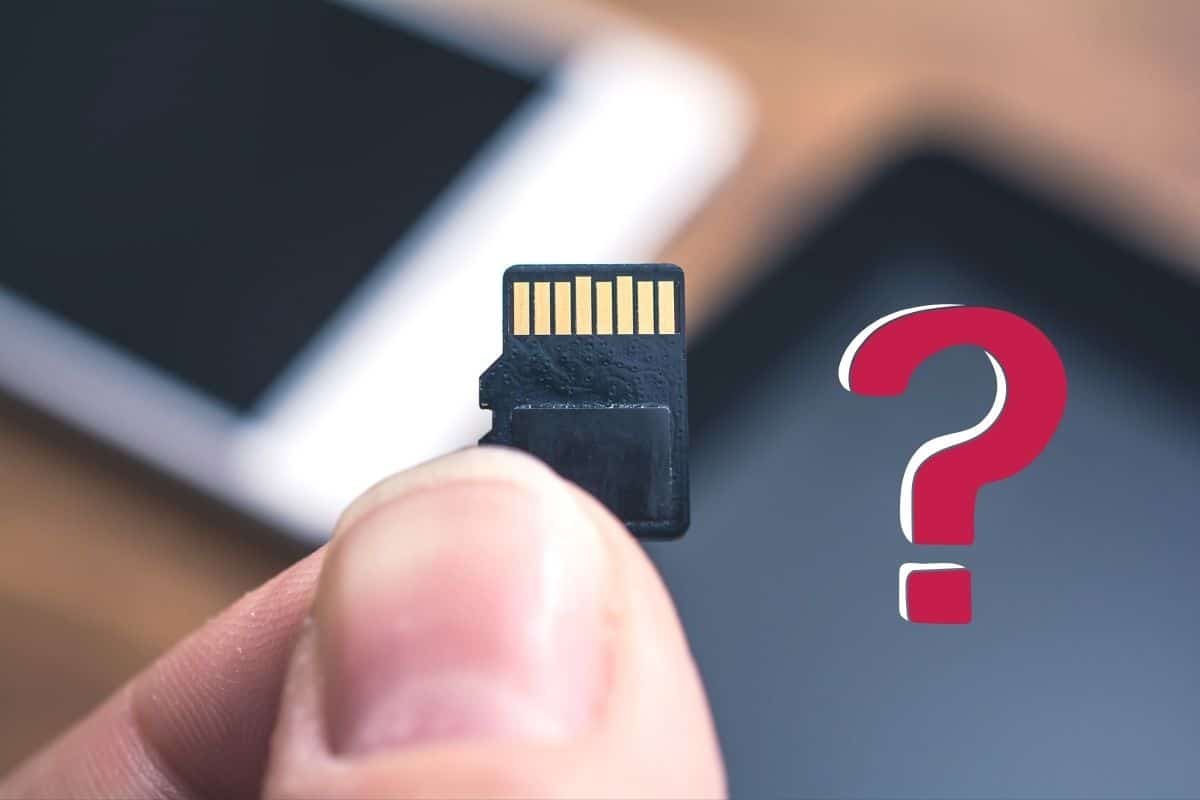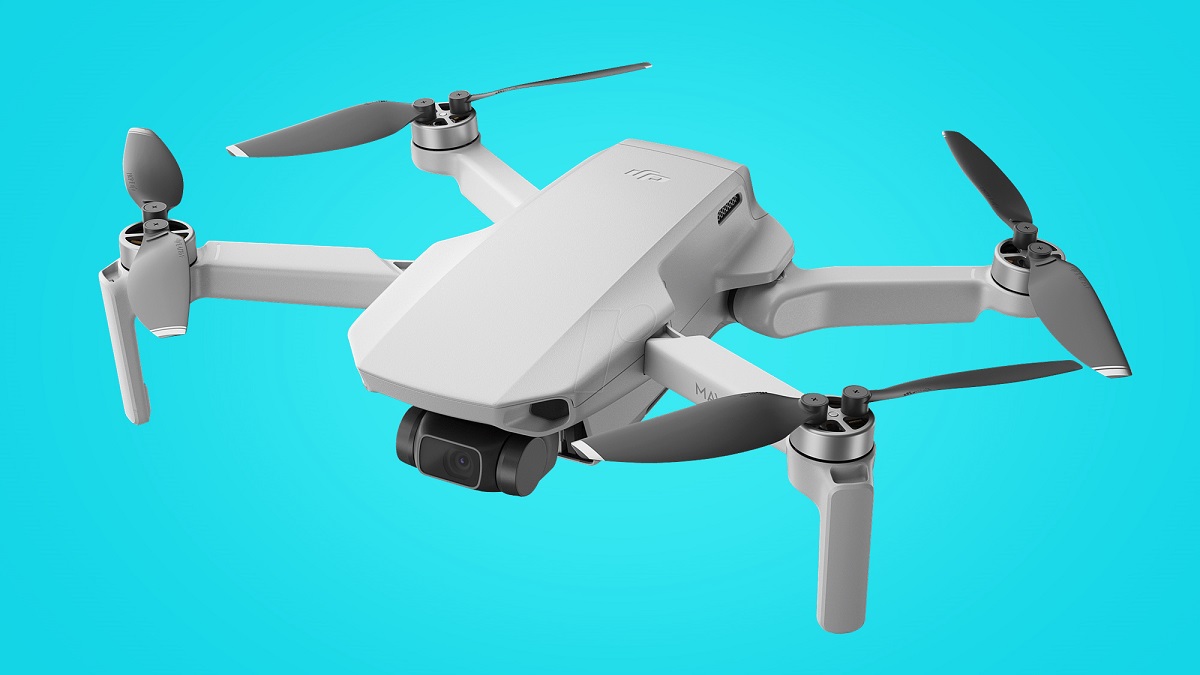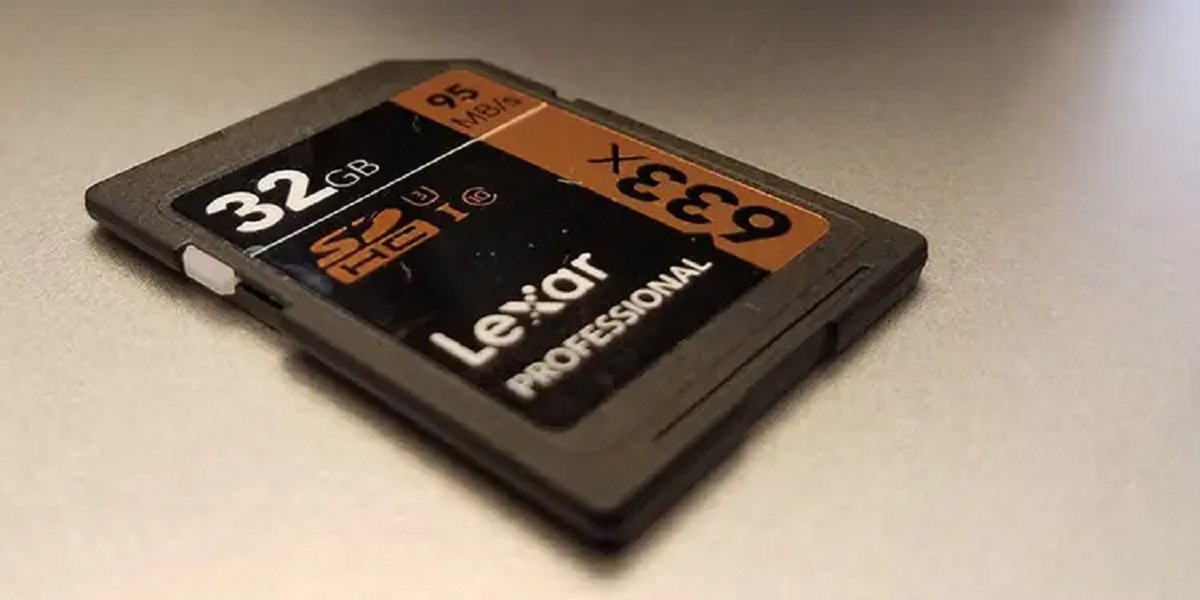Introduction
SD cards, or Secure Digital cards, are small portable storage devices used in various electronic devices such as cameras, smartphones, tablets, and game consoles. They offer a convenient and compact solution for storing and transferring data. But have you ever wondered about the lifespan of an SD card? How long can you rely on it to store your valuable photos, videos, and other files?
SD cards are not immune to wear and tear, and their lifespan can vary depending on a range of factors. It is important to understand these factors and take appropriate measures to ensure the longevity and reliability of your SD card.
In this article, we will explore how SD cards work, the factors that can affect their lifespan, the different types of SD cards available, and tips to extend their lifespan. We will also discuss signs of SD card failure and how to safeguard your data stored on them.
So if you are curious about how long your SD card will last and how to make the most of its lifespan, read on to find out more.
How Does an SD Card Work?
To understand the lifespan of an SD card, it is important to first understand how it works. An SD card is essentially a small electronic storage device that uses flash memory to store data. The card consists of a non-volatile memory chip, a controller, and contact pins that connect the card to a device.
When you insert an SD card into a compatible device, such as a camera, the device establishes a connection with the card through the contact pins. The controller inside the SD card manages the read and write operations, allowing data to be stored and retrieved.
SD cards use a file system, such as FAT32 or exFAT, to organize and manage the stored data. This file system divides the SD card’s memory into sectors and tracks, making it easier for the device to locate and retrieve specific data.
The data stored in an SD card is stored in blocks. When you save a file, the data is written to one or more blocks on the SD card. When you access the file, the device retrieves the data from those blocks.
One important factor to consider is that the data storage mechanism in an SD card is based on limited write cycles. Each block on an SD card has a finite number of times it can be written to. This means that over time, the write cycles can wear out the memory blocks and reduce the lifespan of the SD card.
However, modern SD cards are designed with wear-leveling algorithms that distribute the write operations evenly across the memory blocks. This helps to prolong the lifespan of the SD card by preventing specific blocks from being excessively written to.
Factors Affecting the Lifespan of an SD Card
The lifespan of an SD card can vary significantly depending on several factors. Understanding these factors can help you make informed decisions about how to use and care for your SD card. Here are the key factors that can affect the lifespan of an SD card:
- Quality of the SD Card: The quality of the SD card itself plays a crucial role in its lifespan. Opting for a reputable brand and choosing higher-quality cards can ensure better durability and longevity.
- Usage Intensity: The frequency and intensity of usage can impact the lifespan of an SD card. If you constantly write, delete, and rewrite data on the card, it may wear out sooner. On the other hand, occasional and light usage can help extend the card’s lifespan.
- Environmental Conditions: Extreme heat, cold, humidity, and exposure to water or moisture can damage the delicate components of an SD card. It is important to store and use the card in a dry and controlled environment to avoid premature failure.
- Improper Handling: Rough handling, such as inserting or removing the SD card forcefully or abruptly disconnecting the card from a device, can lead to physical damage and impact the lifespan of the card.
- Compatibility: Some devices may not be fully compatible with certain types or capacities of SD cards. Using an unsupported card can result in erratic behavior and potentially shorten the card’s lifespan.
- Data Transfer Speed: Continuous and high-speed data transfers can generate more heat, which can affect the components of the SD card. It is advisable to allow short breaks between transfers to prevent overheating.
By considering these factors and adopting appropriate usage and care practices, you can help maximize the lifespan of your SD card and ensure its reliable performance for a longer duration.
Types of SD Cards and Their Lifespan
SD cards come in various types and classifications, each with different specifications and lifespans. Here are the common types of SD cards and their typical lifespans:
- SDSC (Standard Capacity) Cards: SDSC cards, also referred to as SD cards, have a storage capacity of up to 2GB. These cards generally have a lower lifespan compared to their higher-capacity counterparts.
- SDHC (High Capacity) Cards: SDHC cards have a storage capacity ranging from 2GB to 32GB. They utilize the FAT32 file system and offer higher data transfer rates. The lifespan of SDHC cards is typically longer than that of SDSC cards.
- SDXC (Extended Capacity) Cards: SDXC cards have a storage capacity exceeding 32GB, with options going up to 2TB (although currently rare). These cards use the exFAT file system and offer higher read/write speeds. The lifespan of SDXC cards is generally similar to or slightly longer than that of SDHC cards.
- UHS (Ultra High Speed) Cards: UHS cards are designed to deliver faster data transfer rates for demanding applications. They are available in UHS-I and UHS-II versions, with the latter offering even higher speeds. The lifespan of UHS cards is comparable to that of SDHC and SDXC cards of the same class.
- Industrial and Enterprise-Grade SD Cards: These SD cards are specifically designed for rigorous and demanding environments. They are built with enhanced durability features and can withstand extreme conditions. Industrial-grade cards typically have a longer lifespan compared to consumer-grade cards.
It is important to note that the actual lifespan of an SD card can vary based on usage, environmental factors, and other variables. The above classifications provide a general idea of the typical lifespan of each type, but individual cards may vary.
Tips to Extend the Lifespan of an SD Card
To ensure that your SD card lasts as long as possible and maintains its performance, consider following these tips to extend its lifespan:
- Choose a Reliable Brand: Opt for high-quality SD cards from reputable brands. They are often made with superior components and designed to withstand more wear and tear.
- Use the Proper Format: Before using an SD card, make sure to format it in the device you will be using it with. This ensures compatibility and helps optimize the card’s performance.
- Avoid Frequent Formatting: While formatting can be necessary at times, excessive formatting can reduce the lifespan of an SD card. Only format the card when necessary or when switching it between devices.
- Properly Eject the Card: Always use the proper procedure to eject the SD card from a device. Abruptly removing the card while data is being written or read can lead to data corruption and potential damage to the card.
- Use Multiple SD Cards: Instead of relying on just one SD card for all your storage needs, consider using multiple cards and rotating them. This helps distribute the usage and extends the overall lifespan of your SD cards.
- Avoid Overheating: SD cards can be sensitive to high temperatures. Avoid exposing them to excessive heat and keep them in a cool, dry environment. Avoid leaving them in direct sunlight or in a car on hot days.
- Protect from Physical Damage: Handle SD cards with care, avoiding drops, impacts, and exposure to moisture. Store them in protective cases or sleeves when not in use to prevent scratches or damage.
- Backup Your Data Regularly: Regardless of the lifespan of your SD card, it is always essential to back up your data regularly. This ensures that even if the card fails, your important files are safe and can be restored.
By following these simple tips, you can maximize the lifespan of your SD card and enjoy reliable performance for your data storage needs.
Signs of SD Card Failure
While SD cards are generally reliable, they are not immune to failure. It is important to be aware of the signs that indicate your SD card may be failing or experiencing issues. Here are some common signs of SD card failure to watch out for:
- Read/Write Errors: If you encounter frequent errors when trying to read or write data to your SD card, it could be a sign of impending failure. These errors could include file corruption, slow data transfer speeds, or complete inability to access the card.
- Inconsistent Behavior: If your device recognizes your SD card intermittently or inconsistently, it could indicate a problem with the card. The device may not be able to recognize the card at all, or it may detect it at times and then lose connection.
- Missing or Corrupted Files: If you notice that files on your SD card suddenly go missing or become corrupted, it could be a sign of card failure. This could be a result of physical damage, file system issues, or the card reaching the end of its lifespan.
- Increased Heat: If you notice that your SD card feels abnormally hot during usage, it could indicate a problem. Excessive heat can damage the components and lead to premature failure.
- Unmountable or Unrecognized Card: If your device displays an error stating that the SD card is unmountable, unrecognized, or needs to be formatted, it could be a sign of card failure. However, before assuming the worst, try the card on other devices or use data recovery tools to ensure it is not a device-specific issue.
- Frequent System Crashes: If your device frequently crashes or freezes when the SD card is inserted, it could be a result of a faulty or failing card. This is especially true if the crashes occur during file operations or when accessing data on the SD card.
If you experience any of these signs, it is advisable to immediately backup your data and consider replacing the SD card. Continuing to use a failing SD card can lead to permanent data loss and further damage to the card.
How to Safeguard Your Data on an SD Card
To ensure the safety and integrity of the data stored on your SD card, it is important to follow certain practices and precautions. By implementing these measures, you can safeguard your valuable files and minimize the risk of data loss. Here are some tips on how to protect your data on an SD card:
- Regularly Back Up Your Data: Make it a habit to regularly back up the data from your SD card to a separate storage medium such as a computer, external hard drive, or cloud storage. This ensures that even if the SD card fails, your files remain safe.
- Use a Reliable Data Recovery Software: In the event of accidental deletion or file system corruption, having a trusted data recovery software can help recover lost or damaged files from your SD card.
- Enable Write Protection: Some SD cards come with a write protection switch on the side. Enabling this write protection feature prevents any accidental deletion or modification of files on the card.
- Avoid Frequent Insertion and Removal: Minimize the number of times you insert and remove the SD card from devices. Excessive handling increases the risk of physical damage and card failure.
- Handle the Card with Clean Hands: Before handling the SD card, ensure that your hands are clean and dry. Avoid touching the metal contacts on the card to prevent static electricity discharge or oil and dirt accumulation.
- Keep the Card Safe from Physical Damage: Store the SD card in a protective case or sleeve when not in use. Avoid exposing it to extreme temperatures, water, or other harmful elements that can lead to physical damage.
- Scan for Malware: Before transferring files to your SD card, scan them for malware using reliable anti-virus software. This helps prevent any potential threats from infecting your card and compromising your data.
- Securely Delete Data: When deleting files from your SD card, use a secure deletion method to ensure that the data is permanently erased and cannot be recovered by unauthorized parties.
By implementing these measures, you can significantly decrease the chances of data loss and ensure the security of your files stored on the SD card.
Conclusion
In conclusion, understanding the lifespan of an SD card is crucial for managing and preserving your important data. While the lifespan of an SD card can vary based on several factors such as quality, usage intensity, environmental conditions, and compatibility, following the right practices can help extend its longevity.
By choosing high-quality SD cards, using them appropriately, and taking precautions to protect them from physical damage and extreme environments, you can maximize their lifespan. Additionally, regularly backing up your data and being aware of the signs of SD card failure can help you avoid permanent data loss and take necessary actions in a timely manner.
Remember to handle your SD card with care, avoid frequent formatting, and consider rotating multiple cards to distribute usage. By following these tips, you can ensure the reliable performance of your SD card and maintain the safety of your valuable files.
In conclusion, by understanding the factors that affect the lifespan of an SD card, selecting the right type of card for your needs, and implementing best practices for usage and care, you can make the most of your SD card’s lifespan and protect your important data.









